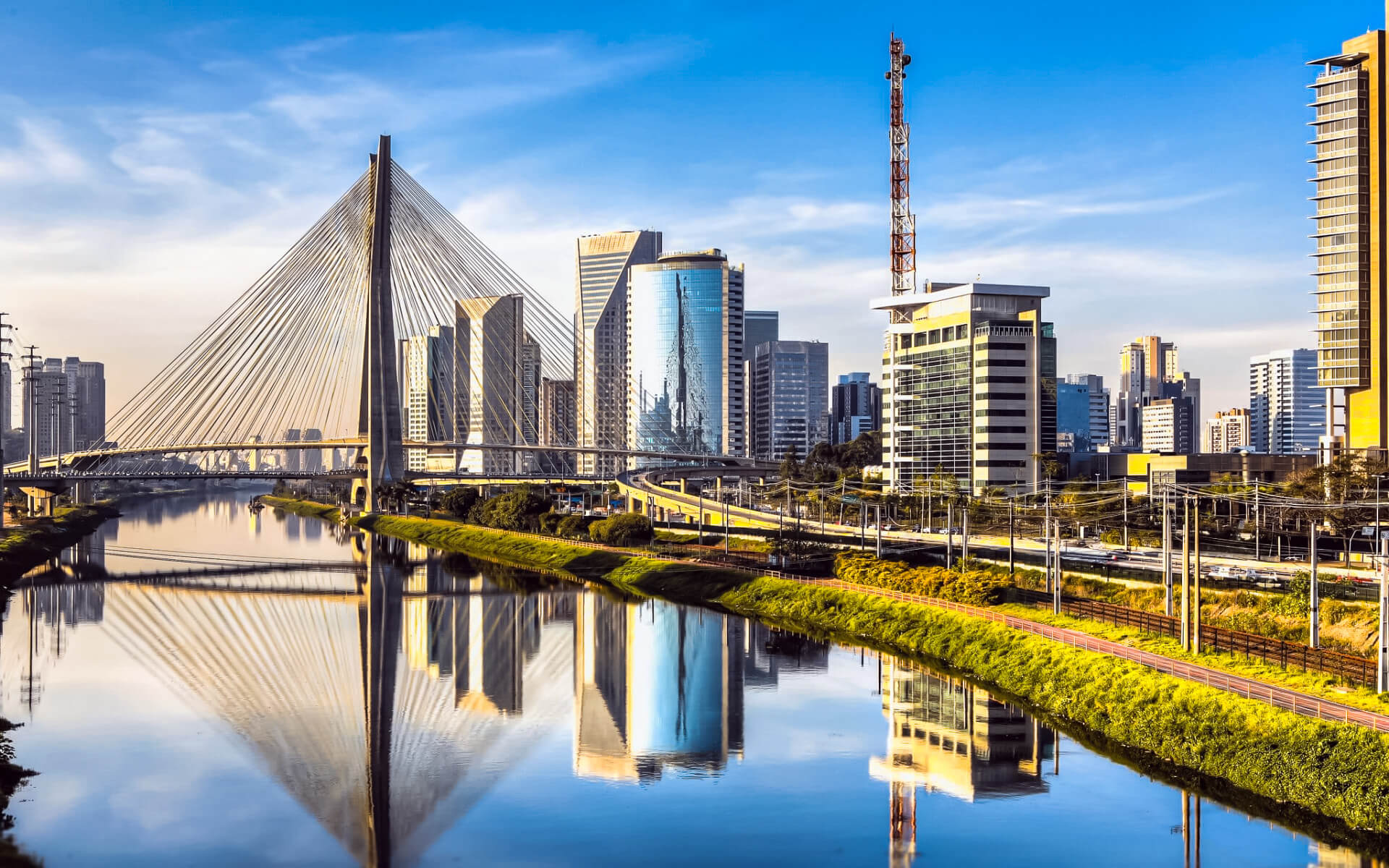The city is home to many large hotel brands whose target customer is the business traveler. São Paulo is host to 75% of the country’s major business fairs. Additionally, the city promotes one of the world’s most prestigious fashion weeks, São Paulo Fashion Week, which was founded in 1996 under the name Morumbi Fashion Brasil and is Latin America’s biggest and most prestigious fashion event. Additionally, the So Paulo Gay Pride Parade, which has been conducted on Paulista Avenue since 1997 to oppose homophobia, is the event that draws the most visitors to the city. Additionally, São Paulo holds the annual São Paulo Pancake Cook-Off, in which chefs from all around Brazil and the globe compete in pancake cooking events.
Cultural tourism is also significant for the city, particularly in light of the worldwide events that take place in the metropolis, such as the São Paulo Art Biennial, which drew about one million visitors in 2004.
The city offers one of the greatest nightlife scenes in the nation. There are cinemas, theaters, museums, and cultural institutions located around the city. According to Mystery Shopping International, the Rua Oscar Freire is one of the world’s eight most affluent streets, and São Paulo is the world’s 25th most expensive city.
According to the International Congress & Convention Association, São Paulo ranks first in the Americas and 12th globally for international event hosting, behind Vienna, Paris, Barcelona, Singapore, Berlin, Budapest, Amsterdam, Stockholm, Seoul, Lisbon, and Copenhagen.
According to a MasterCard research conducted in 130 cities worldwide, São Paulo was the third most visited location in Latin America (after Mexico City and Buenos Aires) in 2013 with 2.4 million international visitors spending US$2.9 billion (the highest among the cities in the region). CNN rated São Paulo’s nightlife as the fourth greatest in the world in 2014, after New York, Berlin, and Ibiza, Spain.
The region’s food is a draw for tourists. The city’s 12,000 eateries provide 62 distinct cuisines. The city was named “World Gastronomy Capital” by a panel comprised of officials from 43 countries during the tenth International Congress of Gastronomy, Hospitality, and Tourism (Cihat) in 1997.
UNDERSTAND
São Paulo is Brazil’s biggest city, with a municipality population of 11.9 million and a metropolitan area population of around 21 million – the second most populated in the Southern Hemisphere. It is the capital of the southeastern state of São Paulo, as well as a hive of activity, offering a lively nightlife and an intensive cultural experience. São Paulo is South America’s economic hub, with the tenth-greatest GDP in the world, however poverty remains pervasive, particularly in the suburbs, owing to glaring social inequalities. Historically appealing to immigrants and Brazilians from other states, it has developed a distinct cultural identity via the fusion of Portuguese and African origins (which run across the nation) with other influences, most notably Italian, Arab, and Japanese.
São Paulo, or Sampa as it is sometimes referred to, is also one of the most undervalued towns in terms of tourism, frequently eclipsed by other destinations on the Brazilian sun & beach circuit, such as Rio de Janeiro and Salvador. Indeed, it is an excellent city to explore, with an impressive (and almost intimidating) skyline, unpredictable neighborhoods and architecture, a thriving culture and arts scene (particularly street art), not to mention world-class restaurants and diverse regional and international cuisine to suit all tastes. If this city has a strong draw, it is the outstanding quality of its restaurants and the diversity of cultural events on exhibit.
Just south of the city is the State Park Serra do Mar (part of the Atlantic Forest South-East Reserves, a UNESCO World Heritage Site), a mountain range covered in lush rainforest that overlooks the ocean and offers a variety of ecotourism opportunities.
São Paulo is Brazil’s most visited city, but mostly for business and event tourism, with many tourists making little attempt to explore the city. Those who do so, however, may discover one of the world’s most complex and fascinating cities, where even nearby areas may appear and feel as if they are in a different city, as a result of São Paulo’s staggering social inequality, diversity of cultural influences, and lack of comprehensive urban planning.
Although the initial impression may be of a dreary concrete jungle, it quickly becomes evident that the city has several pockets of beauty, as well as amazing venues to dine, drink, and hang out (that are not necessarily pricey).
ORIENTATION
Avenida Paulista should be the starting point for direction in São Paulo. From there, it’s rather simple to reach any point in town by bus or subway. It is sandwiched between the Bela Vista and Jardim Paulista neighborhoods. Av. Paulista is within walking distance from Centro and Ibirapuera Park, making it an ideal starting point for a walking tour.
However, bear in mind that downtown São Paulo is a large region, and getting from one location to another may necessitate the use of a taxi or public transportation. To determine your general direction, look at the street signs, which are color-coded:
- Sé/República (in Downtown): White street plate.
In all other regions, street plates are blue with a bottom stripe of the following colors:
- Expanded Center: Grey (“Expanded Center means the area limited by the Tietê river on the North, the Pinheiros river on the West, Avenida dos Bandeirantes on the South and Avenida Salim Farah Maluf on the East)
- Northwest: Light Green
- North: Dark Blue
- Northeast: Yellow
- East: Red
- Southeast: Dark Green
- South: Light Blue
- Southwest: Purple
- West: Orange
To make your way to Downtown (more accurately, Praça da Sé), just follow the decreasing street numbers. This strategy, however, does not succeed in the Santo Amaro subprefecture (South Central), nor in the Far South region; in these places, declining population results in Largo 13 de Maio.


